When generally talking about how effective CBT Therapy can be, we have discussed how two main components are involved in this type of work: Cognitive Therapy, which deals with the way we think, and Behavioural Therapy, which deals with our actions.
In this post, we’ll focus on one aspect of Cognitive Therapy which is crucial to CBT: dealing with Thinking Errors. These are automatic, often unrealistic types of thinking that can rapidly affect our mood and keep us stuck in a cycle of anxiety, sadness or other difficult emotions. However, in CBT, learning how to identify and label them, can make the difference between escalating and containing our difficult emotions.
What are Thinking Errors?
Thinking Errors – also known as Cognitive Distortions – are irrational and extreme ways of thinking that can maintain mental and emotional issues. Anxiety, low mood, worry, anger management issues are often fuelled by this type of thinking.
Thinking errors, proposed initially by Aaron Beck (1963) (one of the leading CBT figures), are essential in how CBT works with anxiety and other issues.
Although we all fall prey to irrational and extreme thinking, Thinking Errors are a distinctive aspect of the everyday life of those who often experience unpleasant emotions. In anxiety, for instance, the unpleasant feelings are triggered by frequent negative and unbalanced thinking. This type of thinking then informs decisions on how to act, which are equally unhelpful. This chain of events keeps us stuck in a vicious anxiety cycle, as the one below.
Share this Image On Your Site
How do Thinking Errors Affect Anxiety?
Thinking errors play an essential role in keeping us anxious, low or frustrated. They’re what makes the difference between seeing the glass half full or half empty.
Cognitive distortions tend to be consistent with the expectations we have of a situation. For instance, if we have a generally negative outlook on how others see us, it’s more likely that our thinking errors will confirm such negative expectations. For example, after our boss expresses dissatisfaction with our department’s performance, typical thinking errors that may arise could be: “She thinks I am rubbish” (Mind Reading) and “I will lose my job” (Catastrophising).
By falling trap of and believing these thinking errors are factual, we will sink deeper into the negative emotions associated with them, for example, worry, anxiety or fear.
This is why thinking errors are a critical component in increasing and maintaining our anxiety.
How do Thoughts Affect our Mental Health?
If you missed our main article on CBT therapy for anxiety, let’s briefly refresh why thoughts are so crucial to our mental health. CBT believes that we feel anxious, sad or angry because of the thoughts (or images) triggered by the situations that make us feel anxious, sad or angry.
With anxiety, for instance, if you notice your heart racing and have the thought: “I’ll have a heart attack!” this is likely to make you feel anxious. Although it’s completely normal to feel anxious if you believe you’re having a heart attack, if you look closely (and if you don’t have a physical condition), the likelihood of that thought being true is generally very low. Yet, by believing in such a thought, you’re accidentally falling into the trap of anxiety. This is the reason we label these kinds of thoughts as negative or ‘unhelpful’. Your unhelpful thoughts become a prime target of CBT Therapy.
How does CBT work with Thinking Errors?
One of the aims of CBT Therapy for Anxiety (and other issues) is to work on challenging and reframing negative, unhelpful thoughts. This almost always involves some form of journaling and keeping a diary of the thoughts that affect your mood daily. The goal here is to help you identify your unhelpful thoughts and label them as irrational. Following that, with the help of a CBT therapist, the work shifts towards generating more balanced and rational, evidence-based alternative thoughts.
When new, realistic and balanced thoughts are adopted, replacing the unhelpful, irrational ones, you will start to notice a reduction in the intensity of your anxiety reaction. The more unhelpful thoughts are recognised and replaced with helpful, realistic ones, the more anxiety loses its grip on you. You’re able to live a life guided by your choices rather than by fear.
Share this Image On Your Site
How Can We Identify Thinking Errors? A Practical Example
Challenging and reframing unhelpful thoughts can be significantly improved when you can categorise them as thinking errors.
Once you know how they sound, it’s easy to identify if one of your thoughts is a thinking error. When you identify a thought as a thinking error, it’s much more likely to lose its credibility, leading you to feel less anxious, sad or angry.
In other words, recognising and labelling thinking errors when they arise can significantly improve our ability to start escaping the anxiety trap.
Let’s see how it’s done with an example:
- Jennifer is at a work meeting with 10 other people; she’s usually a bit shy and tends to not talk too much when there are many people around for fear of being judged.
- Jennifer’s boss explains that her department did not meet the targets and expresses her disappointment.
- Jennifer feels anxious and on edge. Although she knows her team has done everything they could to meet the target, she chooses not to say a word for fear of confronting her boss.
- After the meeting, Jennifer returns to her desk. She notices her anxiety increasing. Her heart is racing. In her mind, many thoughts crop up about her boss and the meeting: “She thinks I am rubbish“, “I will be fired“. Her mind is on a roll, and her thoughts escalate: “I will never get another job“, “I won’t be able to pay the rent and end up living on the street“.
- The more these thoughts mount up, unchallenged, the more Jennifer’s Anxiety grows, to the point of needing to take the afternoon off to go home and cool down.
- When she’s back home, Jennifer feels less anxious. However, other negative thoughts crop up, like: “I’m such a failure for having left earlier“, “others must have noticed my anxiety and believe I am rubbish“. Ultimately these thoughts contribute to maintaining her anxiety.
What’s the issue with Jennifer, then? The main problem is that whenever thoughts naturally arise, she accepts them as facts, no matter how potentially far-fetched or irrational they might be.
If we look closely, many of her thoughts are pretty unhelpful and irrational. Crucially, the most powerful ones are precisely thinking errors! Here they are:
– “She thinks I am rubbish” – Mind Reading
– “I will never get another job” Catastrophising/Overgeneralising
– “I will end up living on the street” Catastrophising/Overgeneralising
Share this Image On Your Site
How to Correct Thinking Errors? Some Practical Tips:
Catching our minds engaging in thinking errors, and labelling them can be an effective way to avoid making them and tackling anxiety and other challenging emotions in our everyday lives.
If Jennifer could recognise and label her own thoughts as thinking errors in our example, she would have a chance to dismiss them and start decreasing her anxiety. She could then choose to not escape the situation by leaving work early and would ultimately feel better about herself.
Over time, Jennifer would feel more confident and would less likely fall prey to her thinking errors in the future!
1) Start a daily journal.
Pick your favourite medium (a notebook, your notes app or anything else) and write down the negative emotions you feel daily (e.g., anxiety, worry, sadness, etc.). Then, next to them, jot down the thoughts associated with those emotions (e.g., “my boss thinks I am rubbish”). To do this, ask yourself, “What thought or image is making me feel distressed?”.
2) Identify and Label your Thinking Errors.
After step one, take a look at the table (or infographic) below, with a list of some of the most well-known thinking errors, and see if any of the thoughts you wrote down can be labelled as thinking errors.
3) Reality Check!
Once you have identified any of your thoughts as thinking errors, it’s time for a reality check. Ask yourself whether they are actually true and remind yourself that these cognitive distortions are known to be unrealistic, extreme and irrational. There is very likely no good reason to believe them.
Repeating these steps consistently has the potential to help you gradually reduce your anxiety (as well as other negative emotions).
What Are Common Thinking Errors?
| Cognitive Distortion/Thinking Error | Example |
| Black and White Thinking | It is all or nothing, without a grey area in between
“Everyone else gets it right; I never do anything worthy”. |
| Mind Reading | Concluding that one knows what others are thinking or feeling.
“Everyone else must think I am boring”, |
| Crystal ball gazing | Making negative predictions about the future.
It will not work, there is no point in trying. |
| Overgeneralising | Seeing one negative event as an indication of everything being negative.
I will never get another job; I will probably lose my house and end up in the street. |
| Disqualifying the positive | Discounting the good things that have happened or that you have done for one reason or another
“I wrote that report very well, but it was just luck: I am still not good enough” |
| Emotional reasoning | Assuming that because we feel a certain way, what we think must be true.
“I feel embarrassed so I must be an idiot” |
| Labelling | Assigning labels to ourselves or other people
“I’m a loser, I’m completely useless. They’re such idiots” |
| Using “Should” | Using critical words like ‘should’ can make us feel guilty, or like we have already failed. If we apply ‘shoulds’ to other people the result is often frustration
“I should have thought about it!” “ They should have predicted it!” |
| Catastrophising | Blowing thing out of proportion
“If I don’t pass the exam, my life will be a failure!!” |
| Mental Filter | Only paying attention to certain types of evidence
“I’m not drinking tonight, and my friend find me boring! I’m fun only when I’m drinking!” |
| Personalisation | Blaming yourself or taking responsibility for something that wasn’t completely your fault! Or Blaming other people for something that was your fault!
“This is all my fault”; “This is all his fault” |
Overcome Thinking Errors starting Today!
Thinking errors (or Cognitive Distortions) are well-known mechanisms that keep our negative emotions going. Hopefully, this article helped you learn more about them and get you started on tackling them. Keep in mind that there are times in which we’re stuck in a vicious cycles of anxiety, sadness and other difficult emotions, and we might not be able to get out of them on our own. If your difficult emotions have significantly started affecting your life, get in touch with us for professional help. Our CBT trained therapists have the expertise to help you work with your thinking errors and negative emotions, discover more about CBT Therapy.
With our help, you’ll have the chance to make the crucial changes to bring balance and fulfilment back into your life!

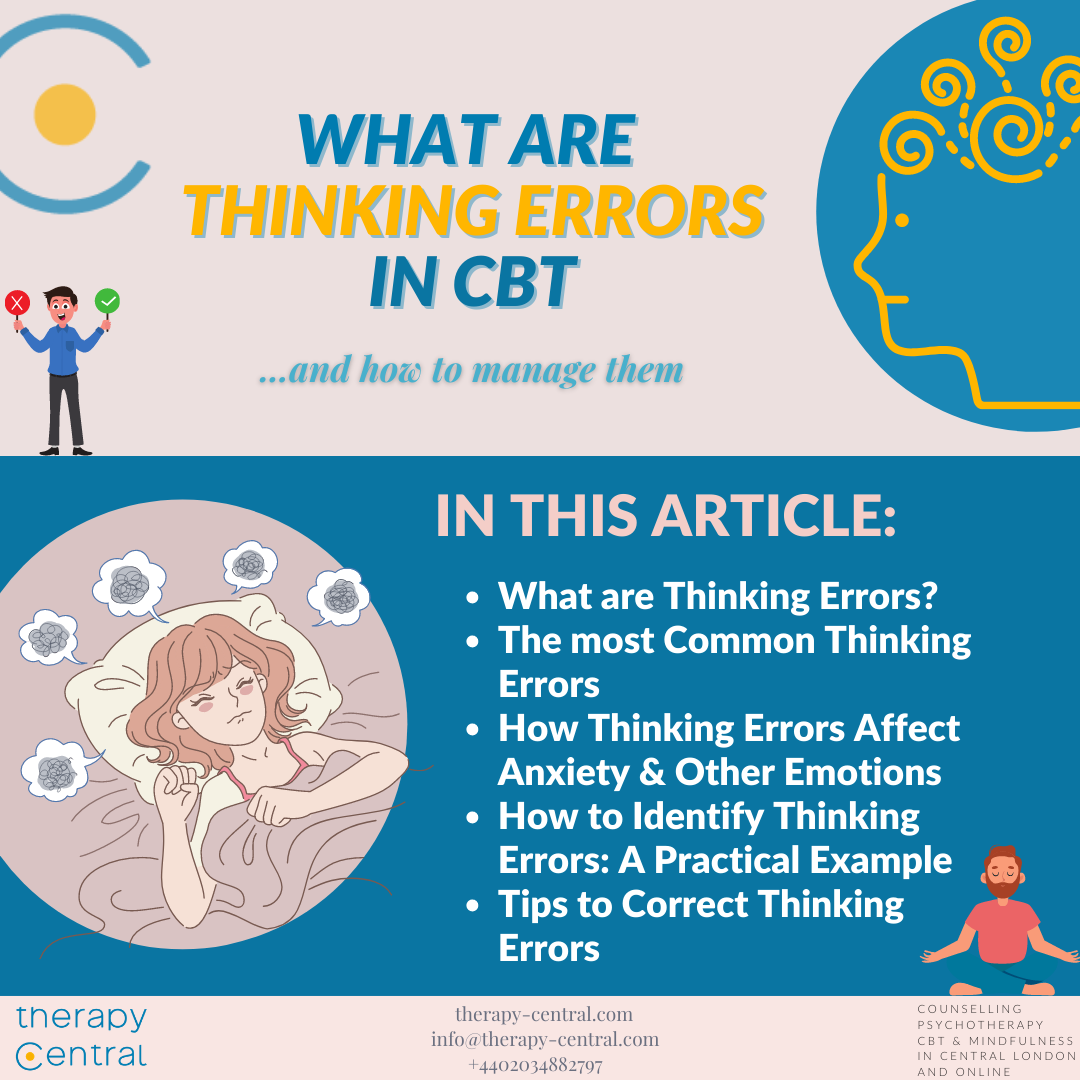
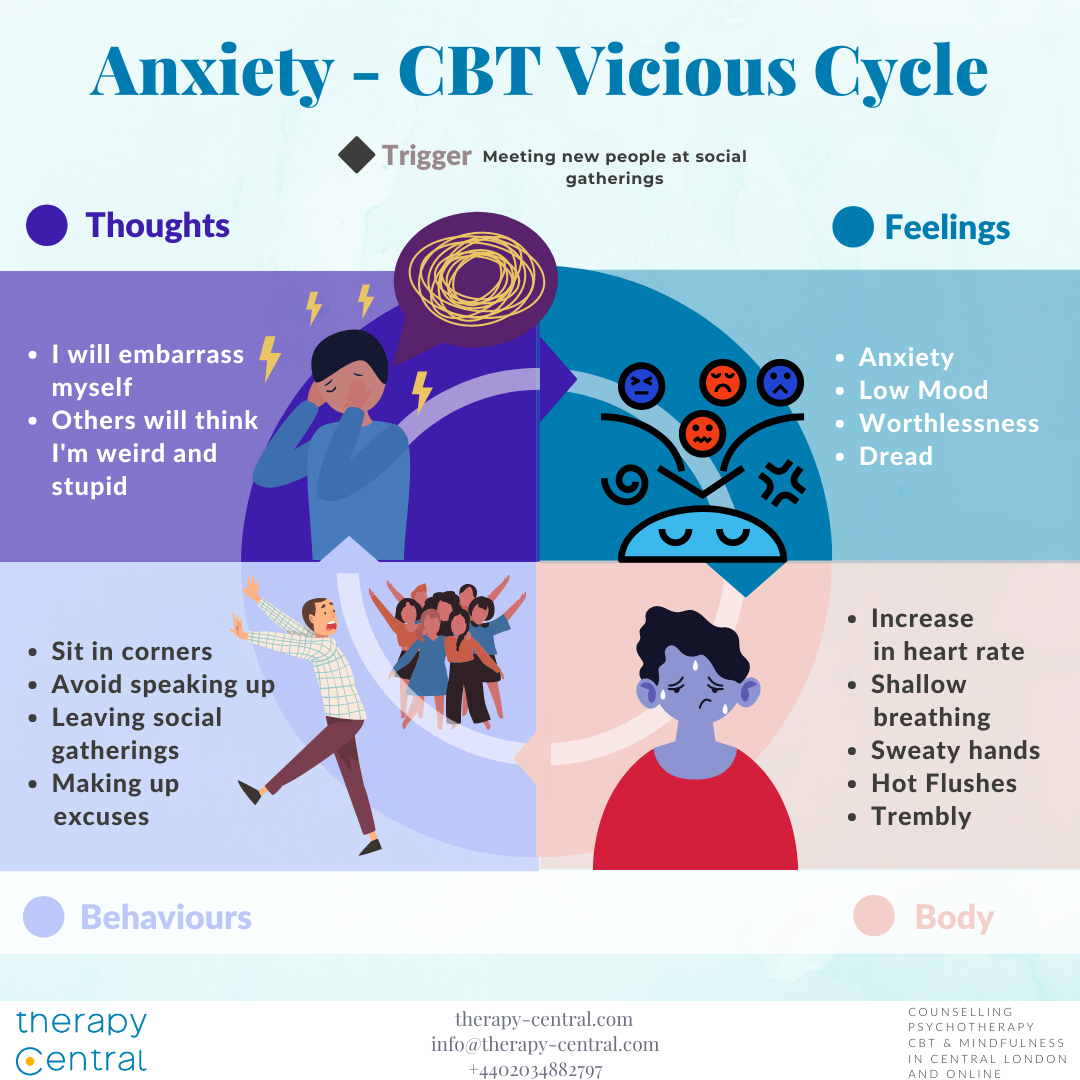
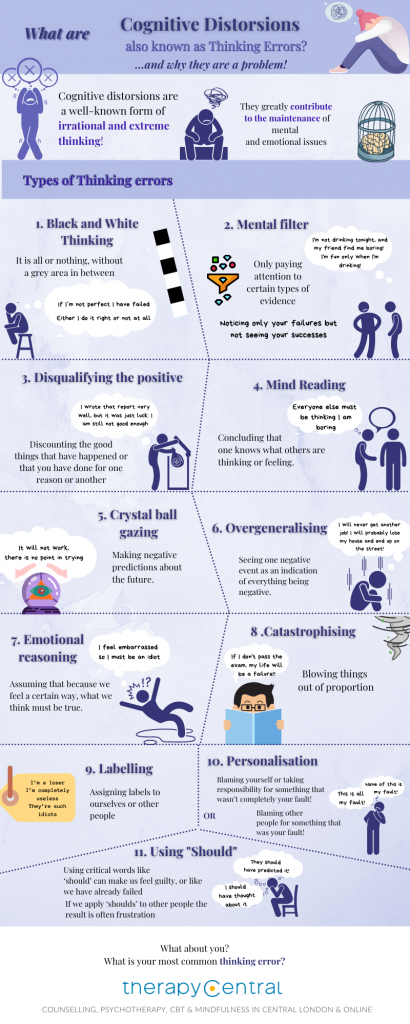
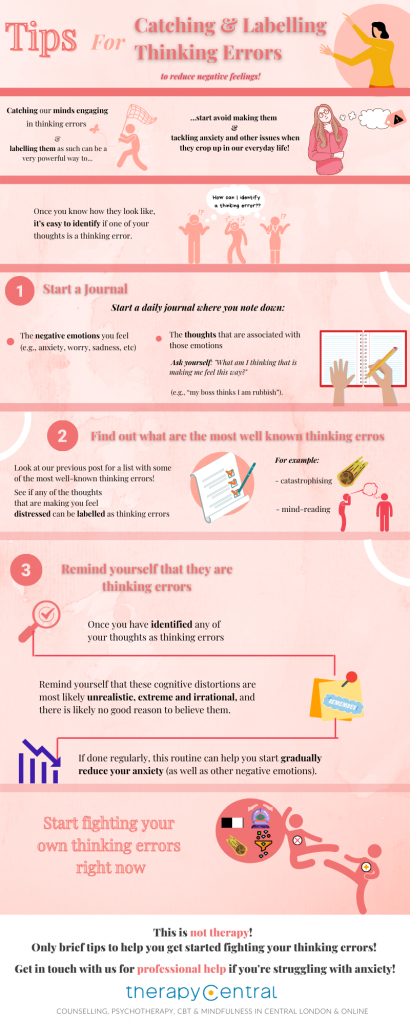

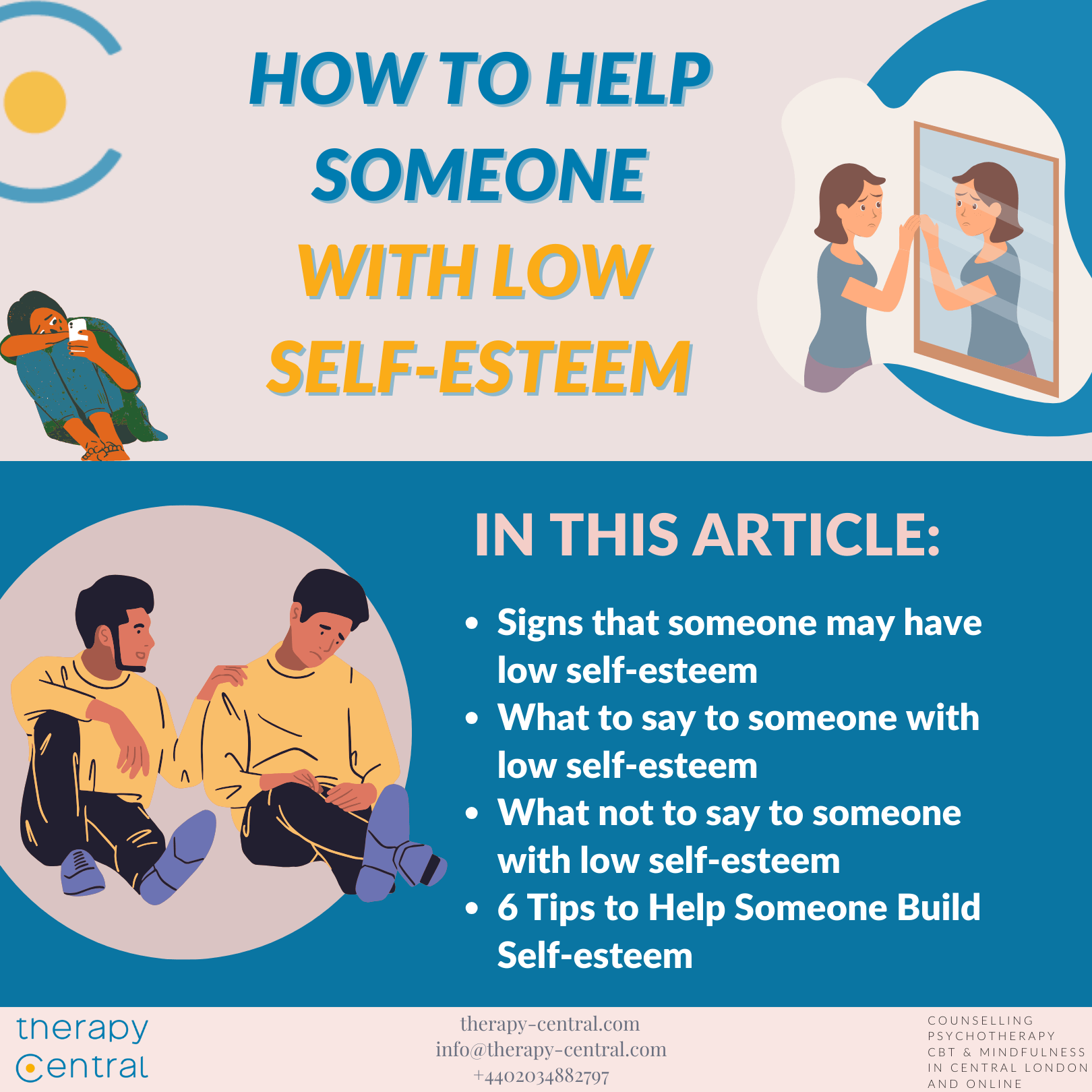


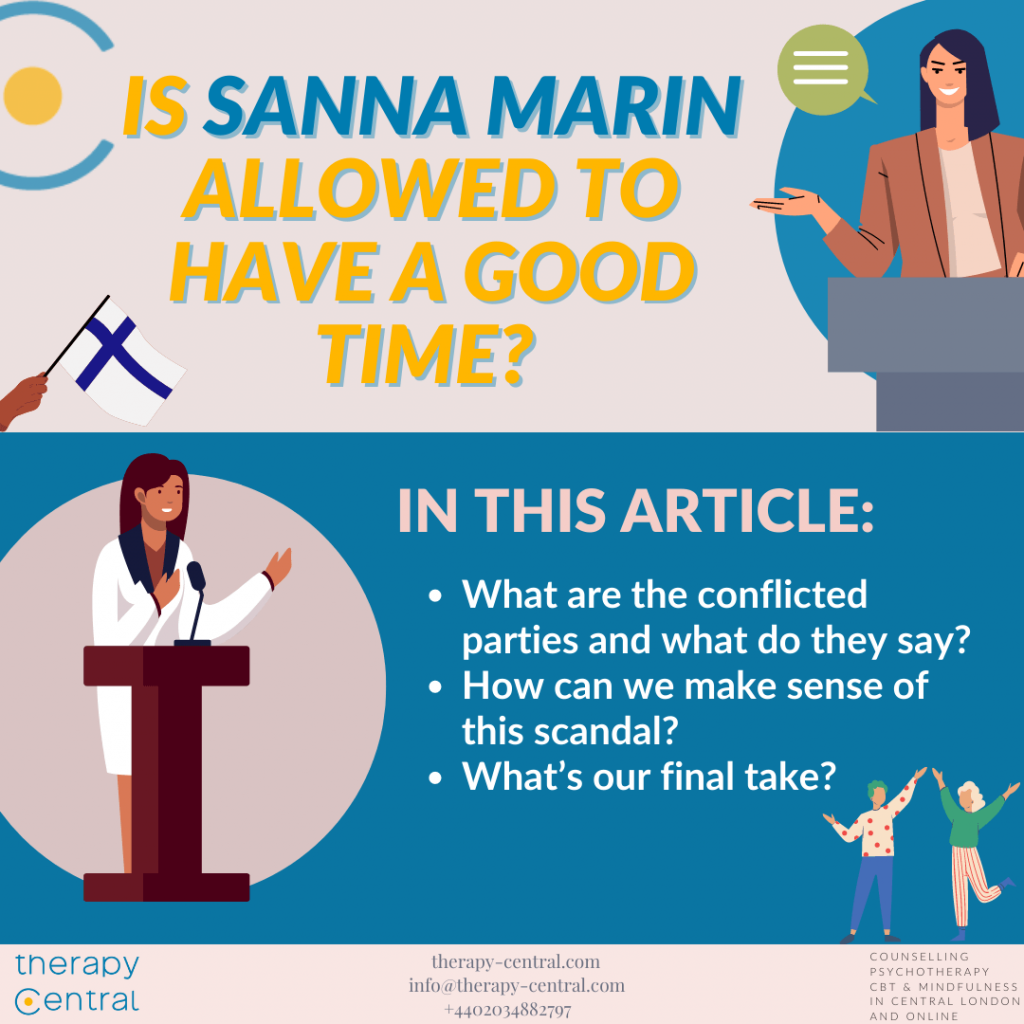

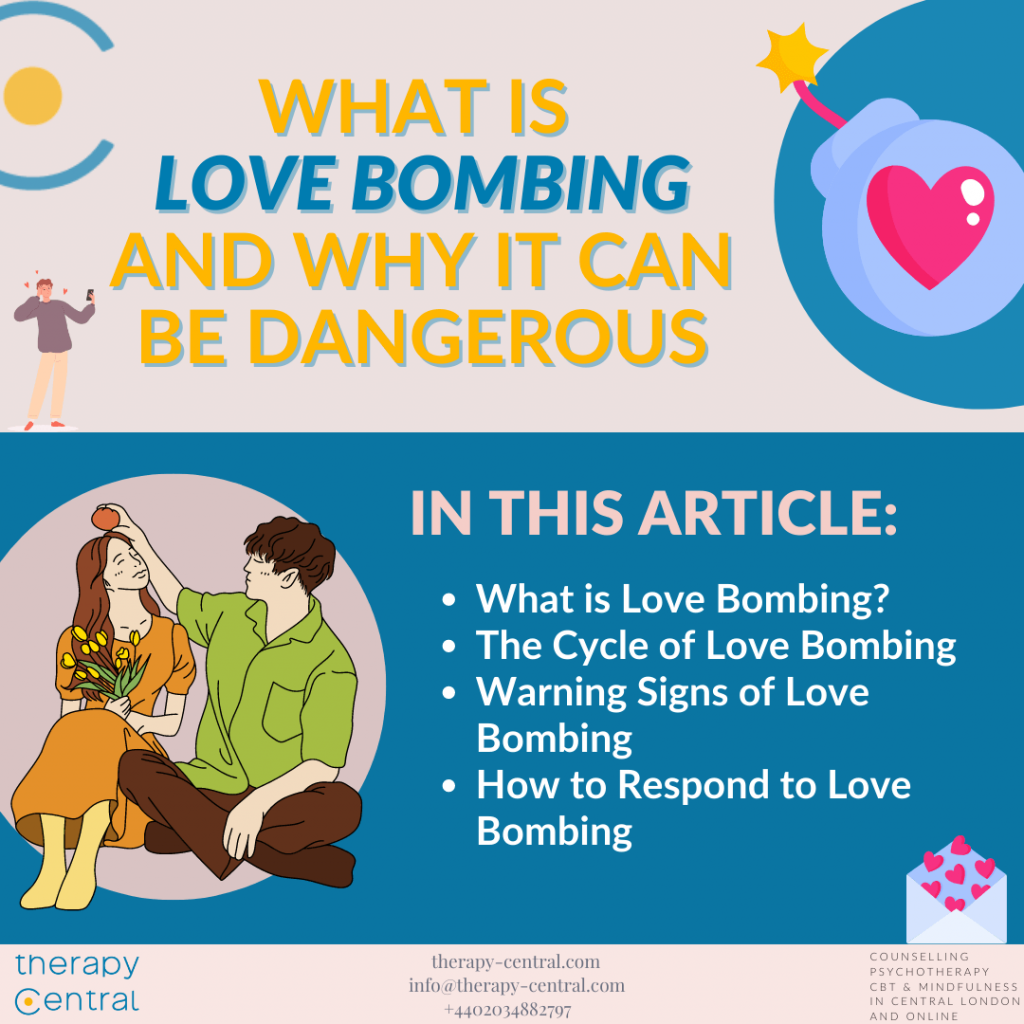


2 thoughts on “What are Thinking Errors in CBT (and how to manage them)”
CBT is a great tool for managing thinking errors. It helps to identify and correct thinking errors so that they don’t become a problem in the future.
I found this blog post very helpful. I have been struggling with my thinking errors for a while now and this post has given me some great tips on how to start managing them.